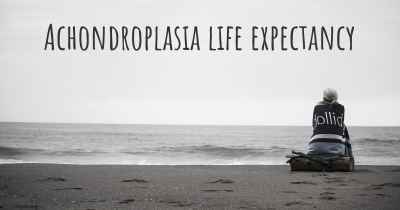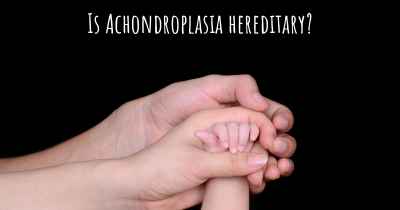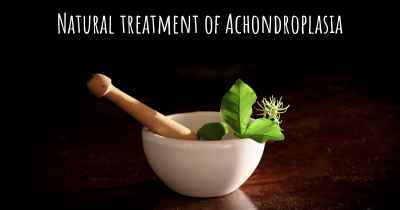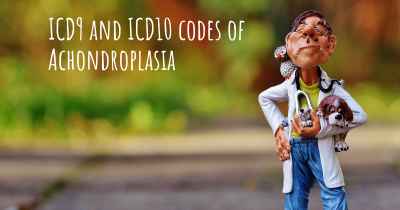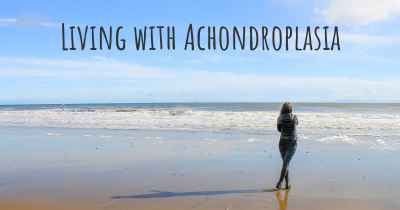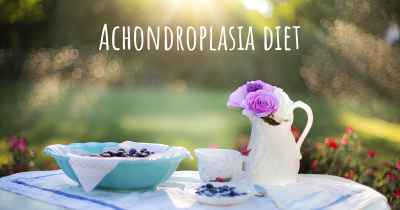Is it advisable to do exercise when affected by Achondroplasia? Which activities would you suggest and how intense should they be?
See if it is advisable for people with Achondroplasia to practice sports and which ones are the most recommended if you have Achondroplasia
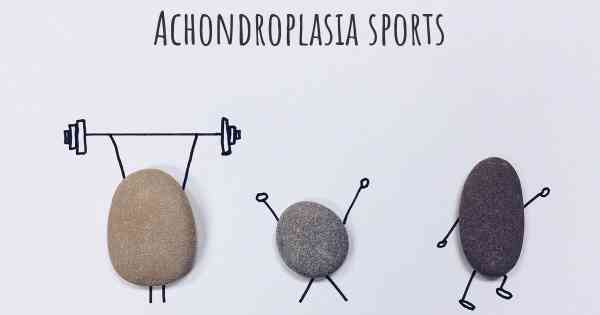
Achondroplasia is a genetic disorder that affects bone growth, resulting in dwarfism. It is characterized by short stature, disproportionately short limbs, and other skeletal abnormalities. While physical activity and exercise are generally beneficial for overall health, it is important for individuals with Achondroplasia to approach exercise with caution and consider certain factors.
Benefits of Exercise for Achondroplasia:
Engaging in regular exercise can provide numerous benefits for individuals with Achondroplasia:
- Improved cardiovascular health: Cardiovascular exercises, such as walking, swimming, or cycling, can help improve heart health and overall fitness.
- Enhanced muscle strength and flexibility: Strength training exercises can help build muscle strength and improve flexibility, which can be particularly beneficial for individuals with Achondroplasia who may have weaker muscles and limited joint mobility.
- Better bone health: Weight-bearing exercises, such as walking or dancing, can help improve bone density and reduce the risk of osteoporosis.
- Weight management: Regular physical activity can help maintain a healthy weight, which is important for individuals with Achondroplasia as excess weight can put additional strain on the joints.
- Improved mental well-being: Exercise has been shown to have positive effects on mental health, reducing stress, anxiety, and depression.
Considerations for Exercise:
While exercise can be beneficial, it is crucial for individuals with Achondroplasia to consider certain factors before starting an exercise routine:
- Consultation with a healthcare professional: It is important to consult with a healthcare professional, such as a physician or physical therapist, before starting any exercise program. They can provide personalized recommendations based on an individual's specific condition and limitations.
- Individualized approach: Each person with Achondroplasia may have different physical abilities and limitations. It is essential to tailor the exercise routine to individual needs and capabilities.
- Joint and spine health: Individuals with Achondroplasia may have specific joint and spine issues, such as spinal stenosis or joint instability. It is important to avoid exercises that put excessive strain on these areas and focus on low-impact activities.
- Gradual progression: Starting slowly and gradually increasing the intensity and duration of exercise is important to prevent injuries and allow the body to adapt to physical activity.
- Proper form and technique: Learning and maintaining proper form and technique during exercises is crucial to prevent injuries and maximize the benefits of exercise.
- Monitoring for signs of overexertion: It is important to listen to the body and watch for signs of overexertion, such as excessive fatigue, pain, or shortness of breath. If any of these symptoms occur, it is essential to rest and seek medical advice if necessary.
Recommended Exercises:
While the specific exercises may vary depending on individual capabilities and preferences, here are some activities that are generally considered suitable for individuals with Achondroplasia:
- Swimming: Swimming is a low-impact exercise that provides cardiovascular benefits and helps improve overall muscle strength and flexibility.
- Walking: Walking is a simple and accessible exercise that can be done at one's own pace. It is a weight-bearing activity that promotes bone health and cardiovascular fitness.
- Cycling: Cycling, either outdoors or on a stationary bike, is a low-impact exercise that can help improve cardiovascular fitness and leg strength.
- Yoga or Pilates: These activities focus on flexibility, core strength, and body awareness. They can help improve posture and joint mobility.
- Strength training: Light to moderate strength training exercises, using resistance bands or light weights, can help improve muscle strength and overall fitness.
Intensity of Exercise:
The intensity of exercise should be individualized and based on an individual's fitness level, overall health, and specific limitations. It is generally recommended to start with low to moderate intensity exercises and gradually increase the intensity as tolerated.
Conclusion:
Exercise can be beneficial for individuals with Achondroplasia, providing improvements in cardiovascular health, muscle strength, flexibility, bone health, weight management, and mental well-being. However, it is important to approach exercise with caution, considering individual limitations and consulting with a healthcare professional. By following personalized recommendations and engaging in suitable exercises, individuals with Achondroplasia can enjoy the benefits of physical activity while minimizing the risk of injury or strain on their joints and spine.
Posted Oct 19, 2017 by Kenia Maria 1000
